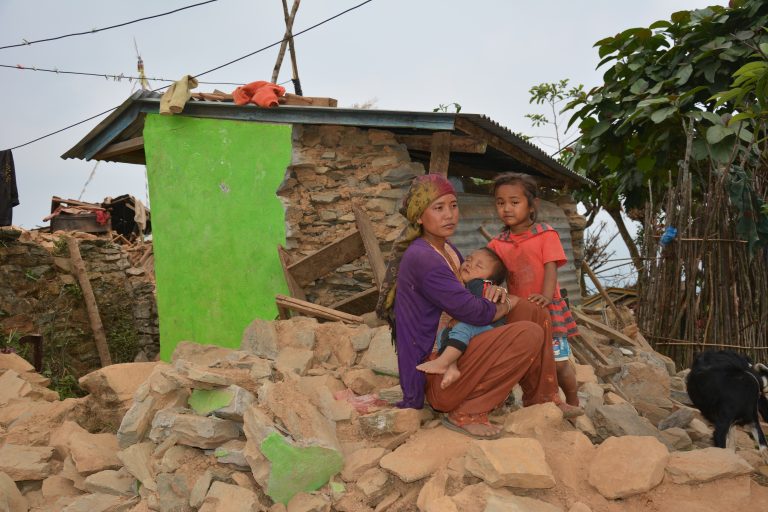Migration has always been a part of human life. People move for better jobs, education, healthcare, and living conditions. In Nepal, internal migration has become a growing trend. People are moving from villages to cities at an alarming rate. This is changing how the country works, lives, and builds its future. On a recent trip to remote villages in Kaski, one thing stood out—silence. Once full of life, the villages now feel empty. Houses are locked. Fields are uncultivated. The only ones left are older residents, holding onto family land. The young people have gone to cities like Pokhara, Butwal, and Kathmandu. The reasons are clear. Villages offer few jobs, weak schools, poor health services, and little infrastructure. Living in the city feels like the only way forward. For many, moving isn’t a dream—it’s survival. But this shift is creating deep problems. City services are stretched. Rents and house prices are soaring. Meanwhile, villages are dying. This imbalance hurts everyone.
The financial system is also feeling the strain. As working-age people leave, demand for loans drops. Banks in rural areas are struggling. Those left behind are older or jobless. Many cannot repay loans. Some villages have become places where no money moves. Banks are pulling out. Land once used as collateral is now hard to sell. Buyers are few, even when prices fall. Roads have improved in many rural parts of Nepal. But instead of helping people stay, better roads make it easier to leave. Families are moving to nearby cities where better schools, hospitals, and jobs are just a short drive away. Even villages with good roads are seeing land prices drop. Young people today want better lives. They are not tied to ancestral land the way their parents were. They want health, safety, careers, and education for their kids.
Swagat Acharya, a poultry farmer in Kaski, took a loan of Rs 25 lakhs a few years ago. He used 10 ropani of land worth Rs 35 lakhs as security. Soon after, his children moved to cities for school. Swagat followed them. He shut down the farm. The land was left unused. When the bank tried to sell the land to recover the loan, no one bought it. Even after the price dropped to Rs 15 lakhs, there were no offers. This isn’t just one story. It is happening across Nepal. Land in villages is no longer a reliable asset. At the same time, city land is becoming too expensive. Nepalis working abroad are sending money home and buying land in cities. Their strong buying power is raising prices fast. Local workers—even those making over Rs 100,000 a month—cannot afford city homes. The gap between village and city is growing. Rural land is unwanted. City land is out of reach. Nepal is creating ghost villages and overcrowded cities.
To fix this, the country needs strong action. First, launch a new “Back to Village” plan, but with real rewards, not just slogans. Give tax breaks and support to people who invest in rural areas. Help banks with credit insurance so they can lend without fear of loss. Update land values to match what buyers are willing to pay. Create rural jobs so that local income stays local. Offer better deals to Nepalis abroad if they invest outside big cities.
Internal migration in Nepal is more than people moving—it’s a red flag. If nothing is done, rural areas will become dead zones. Land will have legal value, but no real use. Cities will burst at the seams. Nepal is at a turning point. The choices made now will shape the future for decades. There is still time to act, but the window is closing fast.


